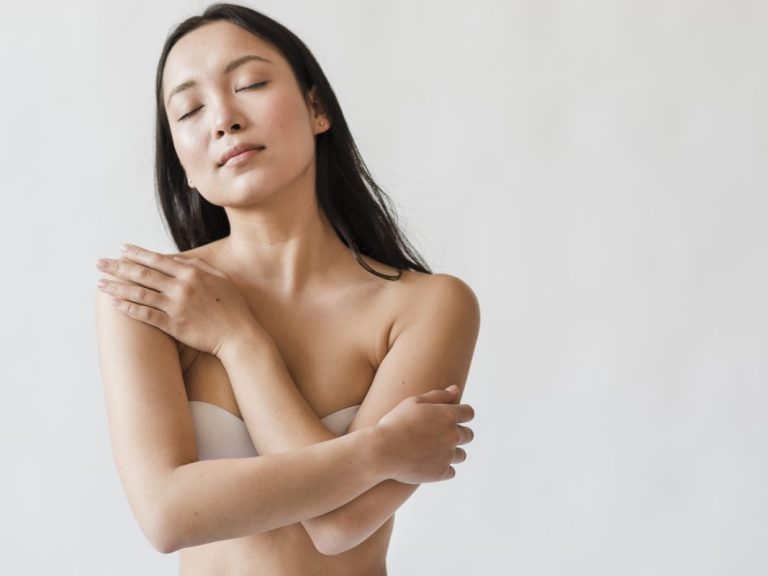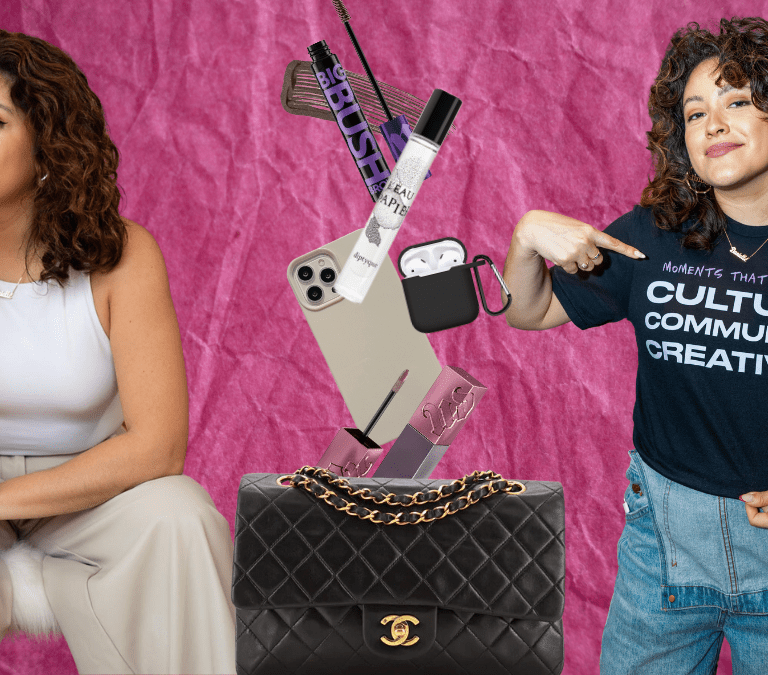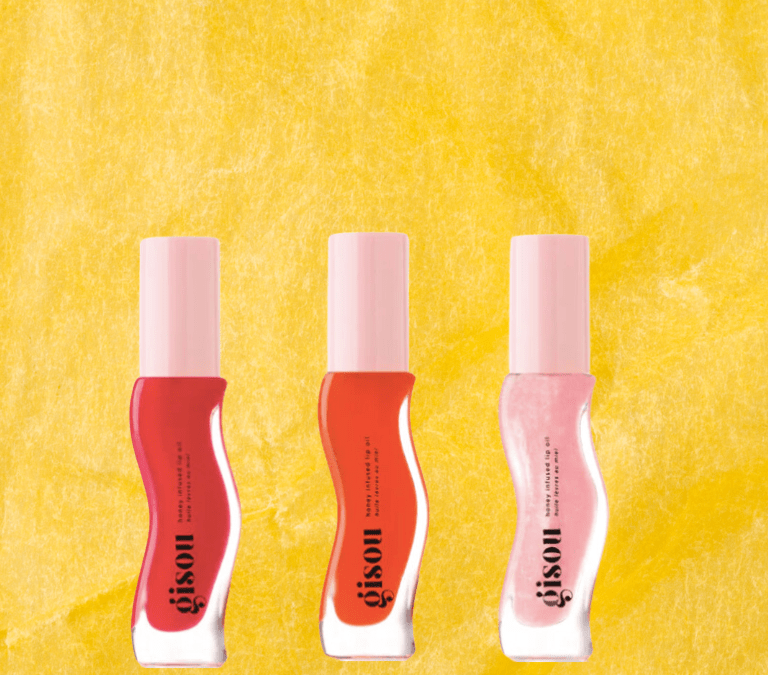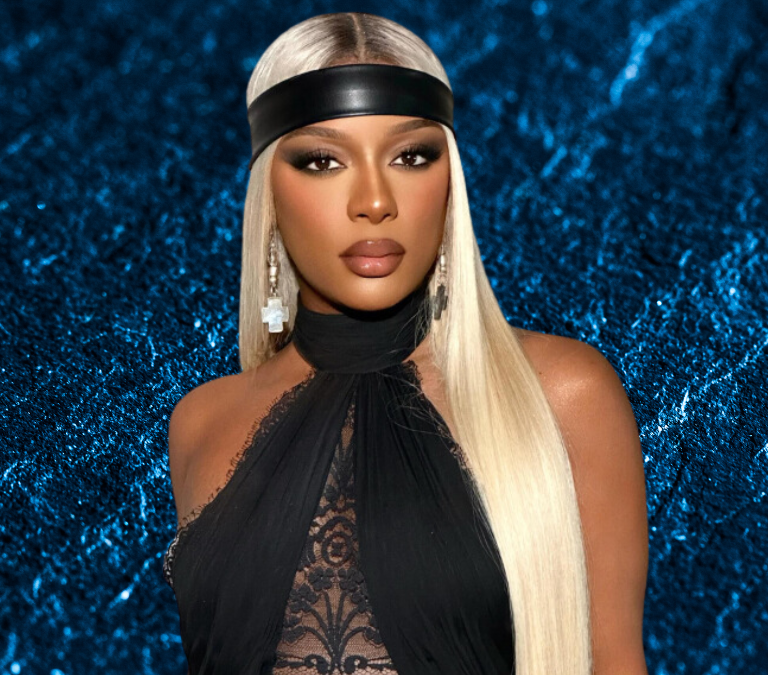When it comes to finding a new lipstick or foundation, color is usually what we’re drawn to first. It’s common to love a color at the beauty counter, only to discover that it doesn’t look right when you try it on at home.
The culprit is likely your skin’s undertone. This term refers to the natural colors underneath the surface of your skin. Understanding your skin’s undertone is key to finding the right foundation and choosing the best color palettes for your hue.
Read on to learn how you can identify your unique undertone and use this information to accentuate your natural beauty.
What are the different undertones?
There are 3 traditional undertones: warm, cool and neutral. Warm undertones range from peach to yellow and golden (some people with warm undertones also have sallow skin), cool undertones include pink and bluish hues, and neutral undertones are roughly the same color as the actual skin tone.
It’s important to note that your undertone isn’t the same thing as your natural tone, or the color of your naked skin before you put on foundation or any other makeup. Even the fairest skin can have warm undertones, and darker skin can have cool ones.
This is why matching a product to your skin color can become problematic when selecting makeup — it usually doesn’t blend with the natural hues that are just below the surface of your skin.
How can I tell which one I am?
Determining your skin’s undertone can be done in the comfort of your own home. You can make this determination using any one of the tests we outline below.
If you’re still stuck after reviewing these methods, visit your aesthetician or consult with a beauty expert at a beauty counter like Ulta or Clinique. They can help you identify your undertone and may even be able to swatch different product shades until you find your ideal match.
1. Check out your veins
If you can see your veins, you may be able to use their color to identify your undertone. For example, if your veins look greenish, then you may have warm undertones. People with blue or purplish-looking veins usually have cooler undertones. If you have neutral undertones, then your veins may appear colorless or match the color of your skin.
2. Assess your jewelry
Many people are more attracted to either silver or gold jewelry because of the way it looks against their skin. If you like the way traditional yellow gold looks on your skin, you’re more likely to have warm or olive undertones. Silver, platinum and rose gold tend to look more flattering on cooler undertones. If you tend to look good in both silver and gold and base your choice more on your outfit than your skin color, you may have neutral undertones.
3. Throw on something neutral
Neutral-colored clothing can also indicate your undertones. True white tends to favor cooler undertones, while those with warm undertones look better in off-white. Warm undertones also tend to complement brown hues, while those with cooler tones look better in black. Like jewelry, if you have neutral undertones, you can wear all colors with no effect on your overall look.
4. Think about your eye and hair color
Although you might play around with different hair colors and eyeshadows, your natural eye and hair color can provide some insights into your undertones. Platinum and ash-colored dyes tend to complement cooler undertones, while mahogany and golden dyes look better if you have warmer undertones. (This is very important information if you’re deciding on a new hair color.)
5. Consider how the sun affects your skin
No matter what your undertone, it’s important to wear sunscreen. Still, knowing the way your skin reacts to the sun can help determine your undertone too. If you have a cool undertone, you’re likely to sunburn easily (and should perhaps apply sunscreen more often). If you tan but seem to never get burned, you may have warm undertones.
6. Look for ashen or gray tones
If your skin appears ashen or gray, you could have a natural olive tone. This isn’t as common as warm, cool or neutral, but is instead a combination of undertones. Olive skin has both natural and warm undertones along with green, an undertone that is considered unique to olive skin only. If you have olive skin, you might find that certain colors with all three undertones suit your skin.
What this means for your foundation
Once you know your undertone, you can move on to choosing the right foundation for your skin. But, given the number of foundation lines and types, it may still take some trial and error. Every brand of foundation is going to be slightly different, so your ideal shade may vary across different lines.
If the option is available, head to your local beauty store and see if an associate can help you swatch different shades. If you already have a match in one brand, they may be able to recommend or identify the best match in another product line.
Cool undertone
A cool undertone foundation will appear slightly pink in the bottle. Avoid yellowish foundations, as these tend to make cool skin tones look sallower.
Warm undertone
Those with warm undertones tend to look better in foundation that’s slightly yellow.
Neutral undertone
People with neutral undertones tend to look better in foundations that are neither overly yellow or overly pink. Instead, look for a combination of both; a peach foundation can work well for neutral tones.
Olive undertone
If you have an olive undertone, it’s usually a mistake to go for a warm (yellow) foundation. Instead, look for one with a slight golden color.
What this means for your overall color palette
Foundation offers a great base for all of the fun colors you can put against your skin next. As a rule of thumb, your most stand-out colors should come in the form of clothing, lipstick and eyeshadow. It’s best to keep blushes and bronzers more neutral. There are other considerations as well, based on your undertone.
Cool undertone
If you have a cool undertone, stick with pink and green, as well as purples and reds that have pink tones to them. For example, opt for raspberry red over the fire-engine hue.
Warm undertone
If you have a warm undertone, your color palette will be the exact opposite of your cool-undertone friends. Yellow, gold and peach hues look great against your skin.
Neutral undertone
As one might expect, those with neutral undertones can pull off neutral colors well. They also look good in cool and warm color palettes.
Olive undertone
Those with olive undertones look great in earthy colors, including gold and green. Be careful with warm color palettes, as these can make your skin look too yellow.
The Bottom Line
Your undertone can provide some insights into what looks best against your natural skin color. Still, your personal preferences are more important than what any color chart suggests. If you feel happy and healthy in a color that’s considered to be outside of your palette, buck the rules and go for it! At the end of the day, you should wear whatever helps you feel like your best self.
Original article: https://www.healthline.com/health/beauty-skin-care/skin-undertones
Designed by Freepik




